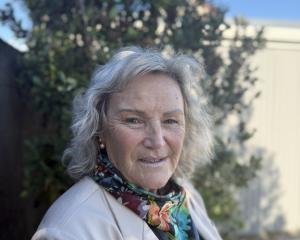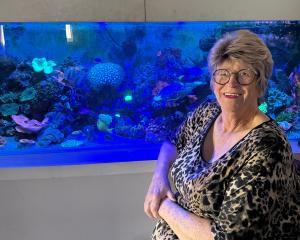
The South's biggest election, Dunedin, registered a marginal increase, from 45.2% in 2016 to 45.6% this year.
Dunedin, like many centres, saw a last-minute rush of people casting their ballots in person just before the polls closed on Saturday morning.
In Invercargill, however, turnout dropped from 54.9% three years ago to 50.23% this year.
Historically, voter turnout for smaller councils has swung wildly, often influenced by high-profile local issues or closely contested mayoral races.
Gore District Council, for example, saw turnout plunge from 59.4% in 2016 to 43.44% this year, but that 2016 result dwarfed the 41.7% turnout in 2013.
Likewise, Queenstown Lakes District Council voter turnout fell from 54.1% to 43.93%, but in 2013 turnout had been 46%.
Waitaki, which saw turnout drop 7.5% to 50.7% in 2016, had a reversal of fortunes in 2019, with 52.23% of eligible people voting.
University of Otago political scientist Janine Hayward said in both Dunedin's mayoral and council elections STV ensured that the candidates who were elected had the most support from voters overall.
"It's good for turnout in future elections that so many voters will feel that they helped to determine the outcome of this election."
Dunedin's results also showed a strong trend towards gender equality, Prof Hayward said.
"Candidates were much more likely to be elected if they weren't male: eight candidates who weren't men stood in the DCC election and five women were elected.
"This sends a very strong message to future candidates that a diversity of people can get elected in Dunedin if a diversity of candidates stand for election."












